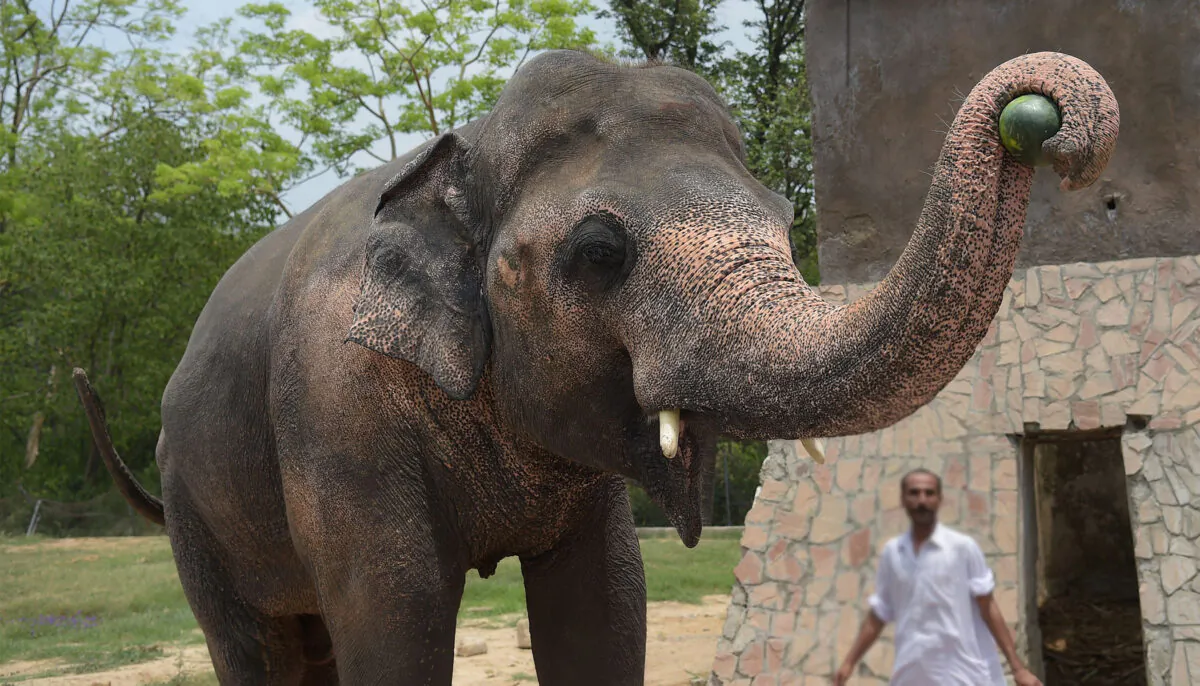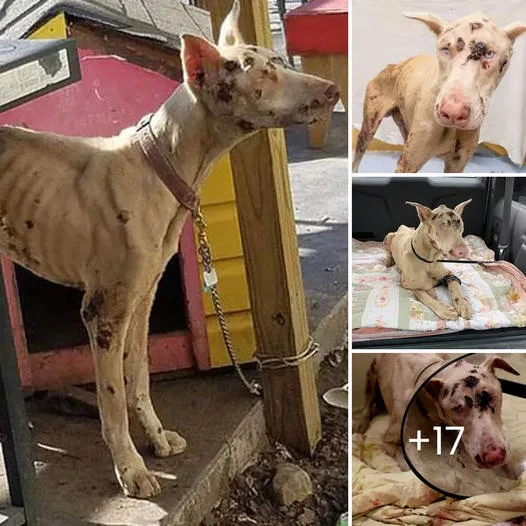In a poignant and triumphant story, the world witnessed the remarkable journey of the ‘Loneliest Elephant’ as he was finally set free after spending an agonizing 35 years in chains. This touching narrative of resilience, compassion, and hope captivated hearts worldwide. The touching tale of the elephant’s liberation and subsequent journey to a new sanctuary offers a powerful reminder of the significance of animal welfare and the transformative impact of collective action. Join us as we delve into the heartwarming saga of the ‘Loneliest Elephant’ finding freedom and a new haven to call home.

For over three decades, the ‘Loneliest Elephant,’ known by locals as Kaavan, endured a heart-wrenching existence in captivity. He was confined to a small enclosure in a zoo in Islamabad, Pakistan, where he suffered from isolation, neglect, and unimaginable loneliness. His only companionship came from the chains that bound him, leaving him emotionally scarred and physically debilitated.
The dire plight of Kaavan came to the world’s attention through the unwavering efforts of animal rights activists, conservationists, and concerned citizens who championed his cause. The global outcry to liberate Kaavan resonated across borders, transcending cultural differences, and uniting people in the pursuit of justice for this suffering elephant.
A Monumental Rescue Effort: The relentless advocacy and collaboration between animal welfare organizations and the Pakistani government paved the way for Kaavan’s long-awaited freedom. After an extensive planning and evaluation process, the momentous day finally arrived. A team of dedicated veterinarians, caregivers, and wildlife experts were assembled to undertake the delicate task of relocating Kaavan to a sanctuary where he could begin a new chapter in life.
With utmost care and precision, Kaavan was gently coaxed into a specialized transport crate, his first taste of liberation after decades of confinement. With hearts filled with hope, the rescuers embarked on a journey to an elephant sanctuary in Cambodia, where he would find his newfound freedom and healing.
Upon arriving at the sanctuary, Kaavan’s reaction was nothing short of magical. As the doors of his transport crate swung open, he took his first steps in his vast new home. The sanctuary’s lush greenery and spacious surroundings provided a stark contrast to the barren enclosure he had known for so long.
In his new sanctuary, Kaavan would experience the joy of social interactions with other elephants, engage in enriching activities, and receive the medical attention he desperately needed. The transformation in his demeanor was evident, as he slowly shed the shackles of his past and embraced his newfound liberation.
The story of Kaavan’s liberation inspired millions around the world, igniting conversations about the ethical treatment of animals in captivity and the need for improved animal welfare standards globally. The power of collective action and compassionate advocacy was reaffirmed, showcasing how human kindness can restore hope and happiness to the lives of suffering animals.
The touching saga of the ‘Loneliest Elephant,’ Kaavan, stands as a testament to the transformative power of empathy and unity. After 35 years of captivity and isolation, Kaavan’s journey to freedom and a new sanctuary touched the hearts of people worldwide, igniting a collective call for greater awareness and compassion towards animals.
The liberation of Kaavan symbolizes the potential for positive change when humanity unites for the betterment of our fellow beings. His story serves as a poignant reminder that every life is precious, and our collective efforts can make a profound impact in creating a world where animals can thrive in dignity and freedom. As we celebrate Kaavan’s newfound happiness, let us continue to champion the cause of animal welfare and work together to protect and preserve the magnificent creatures with whom we share our planet.



